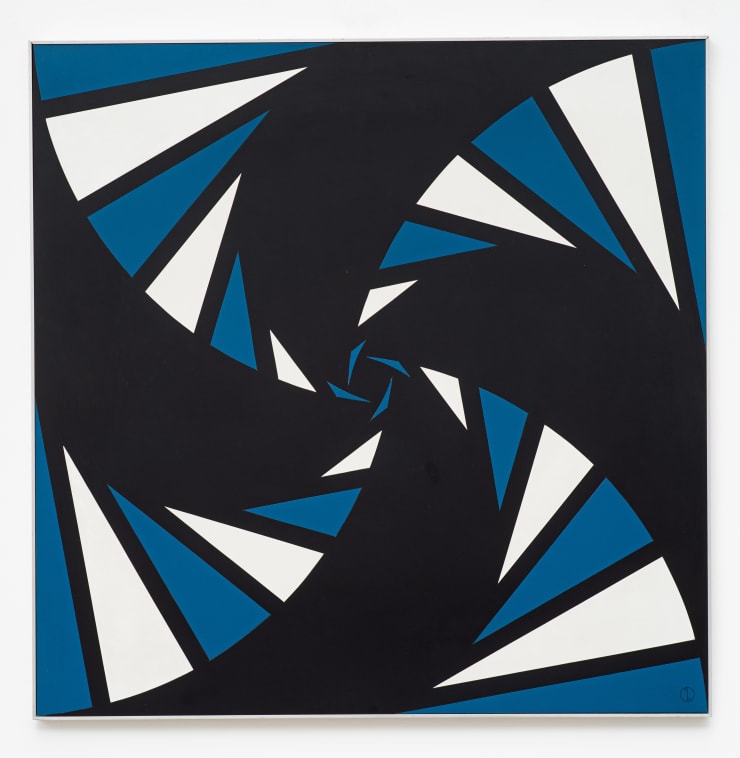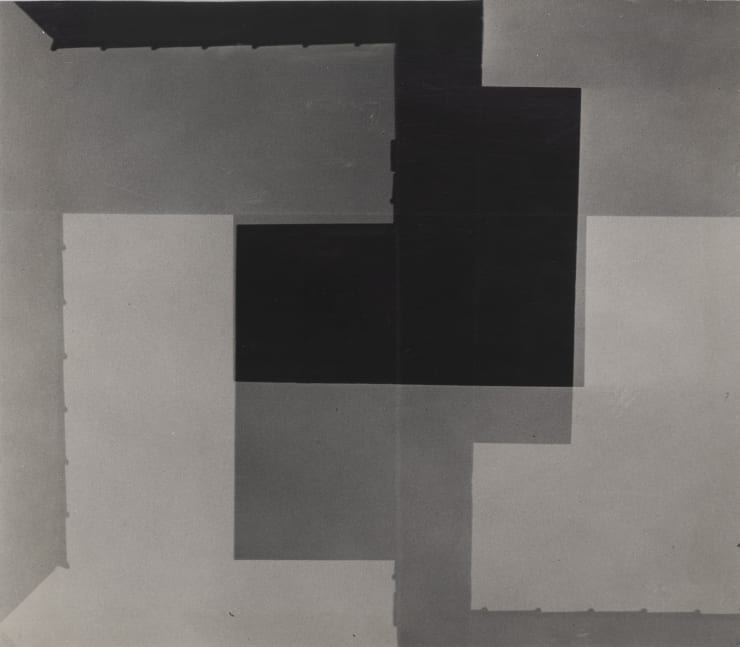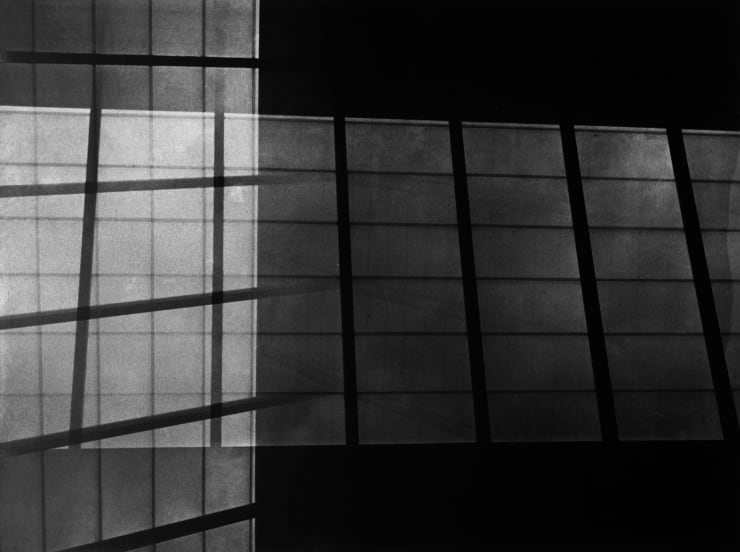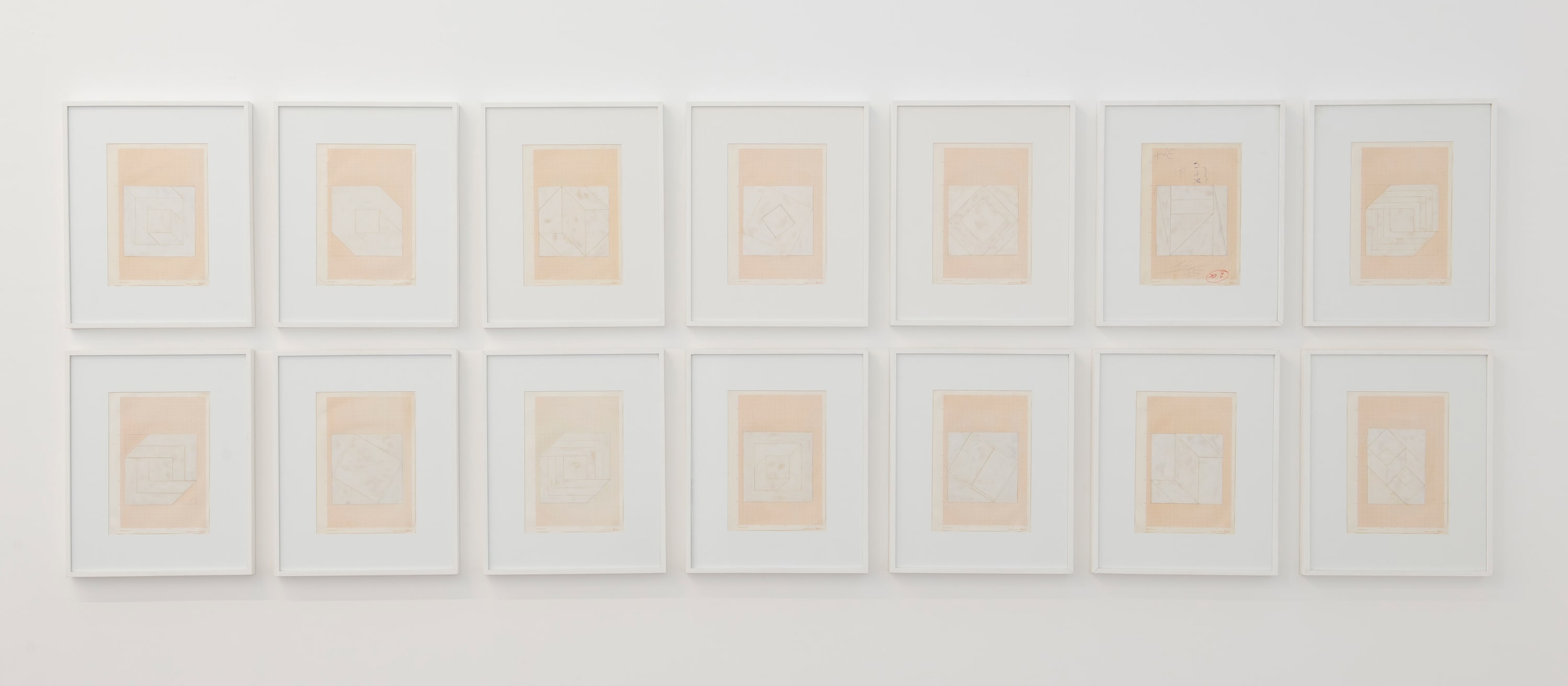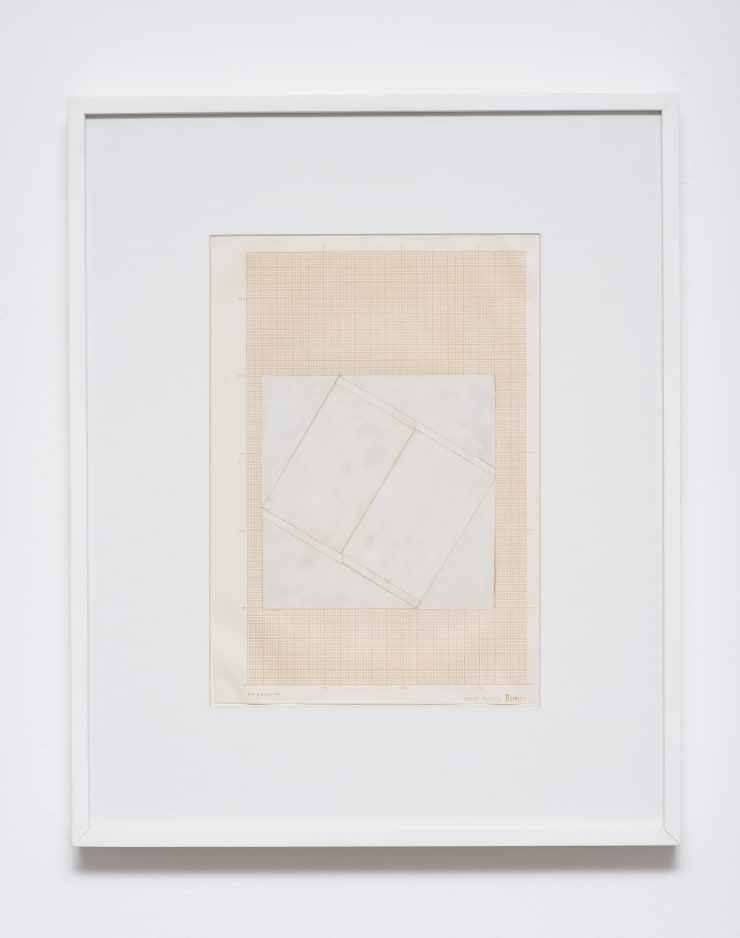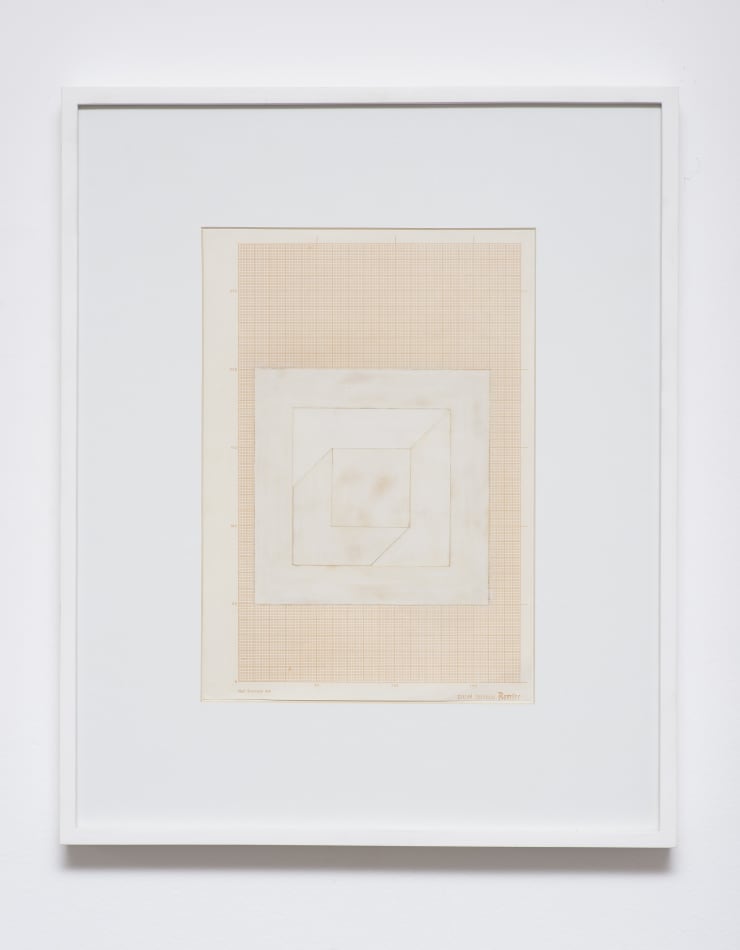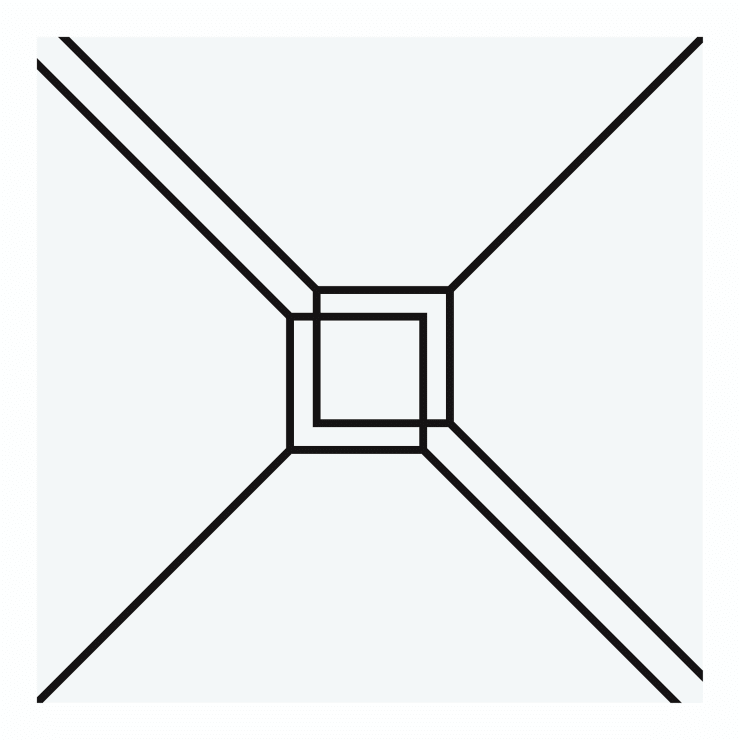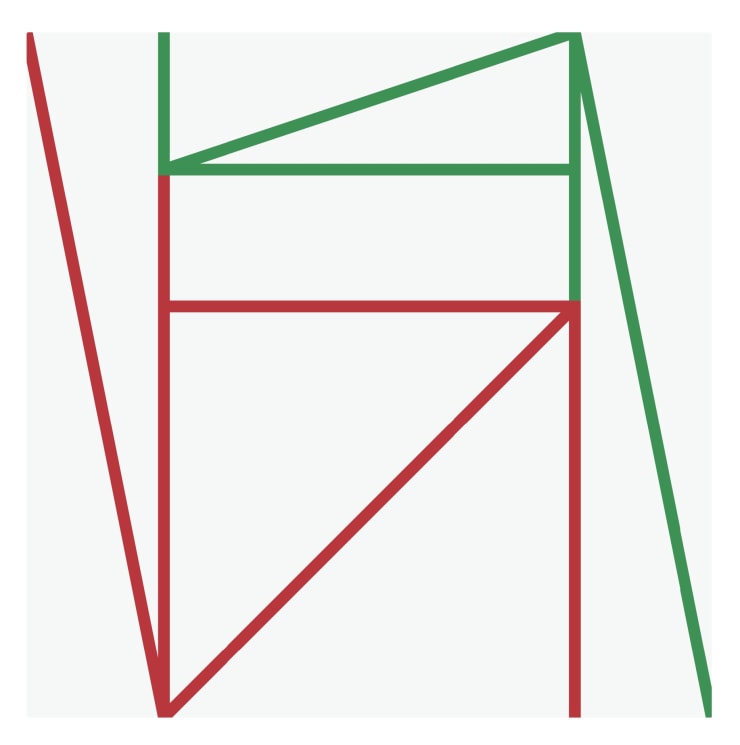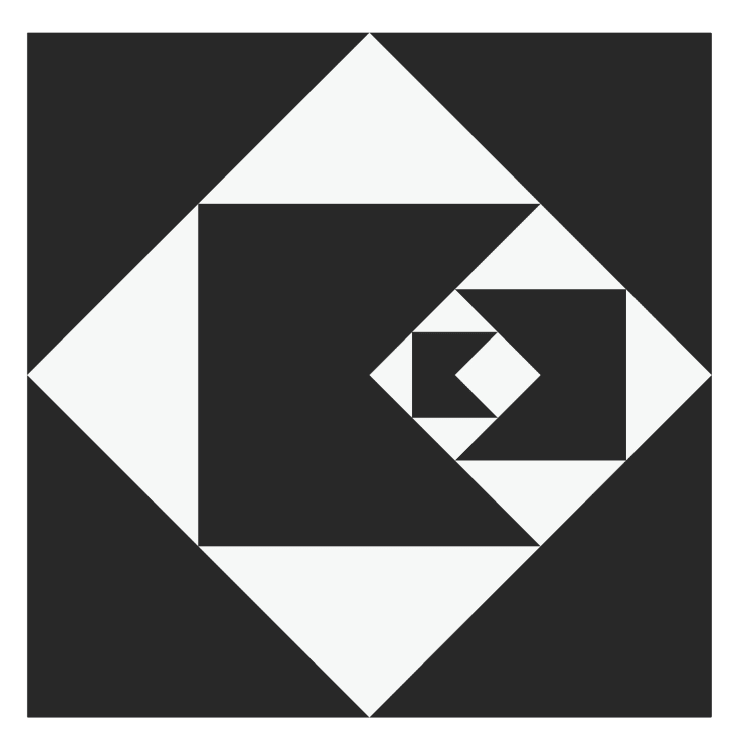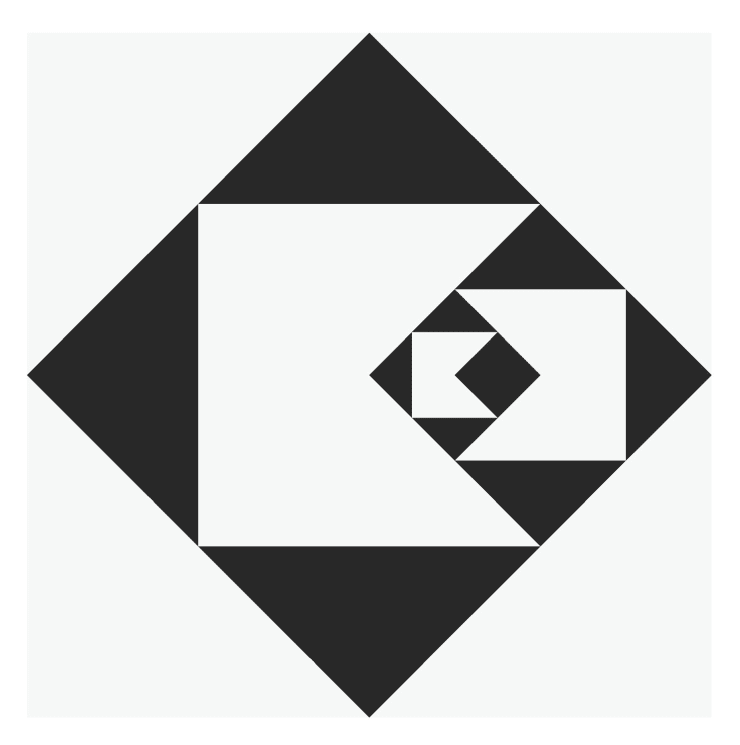-
Geraldo de Barros | Objetos-Forma
-
Geraldo de Barros is, without a doubt, one of the Brazilian artists most studied by contemporaneity. Over the course of his artistic career he pioneered the path of multidisciplinarity, developing his work consistent with not only his own research, but also with the Brazilian political and social contexts and with Brazilian art history. To celebrate these historical developments, the Arquivo Geraldo de Barros and Luciana Brito Galeria are presenting the exhibition Objetos-Forma [Objects-Form], which features never-before-shown works that recover a fundamental moment in Geraldo de Barros’s career. The show opens on August 9 and occupies all the gallery’s exhibition spaces.The curatorial concept of this show – which comes on the heels of the recent exhibition on Geraldo de Barros at the Musée d'Art Moderne et Contemporain (MAMCO) of Geneva, Switzerland – considers the artist’s participation in the 15th Bienal de São Paulo, presenting on that basis a set of 66 silkscreen prints that recovers Barros’s idea to allow the public to reproduce his artworks. On the occasion of the 15th Bienal, Geraldo de Barros presented five paintings in oil on polyurethane lacquered wood, accompanied by the manifesto “Da retomada de alguns objetos-forma da arte concreta” [On the Recovery of Some Form-Objects of Concrete Art], which set forth ideas related to concrete art (Design/painting-object) associated with the possibility of large-scale production, as is proper to industrialization. Through this “instruction manual,” the artist offered a completely new possibility to the visitors, giving them not only the elements for the reproduction of his artwork, but also an authorization for “each person or spectator to be provided with the elements of each one of the designs and thus be able to produce them,”[1] thus eliminating the unique-object.Years later, this project served as a basis for a profound study of Geraldo de Barros by the artist’s Archive, giving rise to the 66 silkscreen prints titled Objetos-Forma [Form-Objects]. The show also presents other works that contextualize this research by Geraldo de Barros, including some concretist paintings from the 1950s and more recent works in Formica. The Formica works present precisely the result envisioned by the artist, since he managed in fact to use industrial processes to gain the power of reproducibility in his artworks and to put them on the market.The exhibition Objetos-Forma is an homage to Geraldo de Barros, whose long-standing desire was to link the objectivism of concrete art to the refinement of design and the reproducibility of industry. As early as the 1950s, he began to experiment through his work with Unilabor, a cooperative that produced furniture following constructivist references. After some years and with the country taken over by the military dictatorship, the artist saw that it would be nearly impossible to go forward with his ideas of breaking free from the rules of the market. In 1979, with the start of Brazil’s political reopening and the end of the boycott of successive editions of the Bienal by artists, newly encouraged by a regained sense of freedom and the reencounters of that time, Geraldo de Barros saw the possibility of realizing his desire to make art more accessible through the “do-it-yourself” concept.
[1] BARROS, Geraldo. “Da retomada de alguns objetos – forma da arte concreta.” 15th Bienal de São Paulo, 1979. Exhibition brochure.
-
"Geraldo de Barros is a man in resonance with the world. He knows about a new thrust that drives him to use freedom”
Mário Pedrosa
-
-
GERALDO DE BARROS AND THE RETURN TO THE FORM-OBJECTS OF CONCRETE ART, 1979In 1979, Geraldo de Barros participated in the XV Bienal Internacional de São Paulo with five oil paintings on lacquered wood, accompanied by a brochure that “taught” the audience how to reproduce them. The pieces revisited compositions made in the 1950s, when the artist was active in the concrete art movement. The pamphlet was a kind of instruction manual, as well as an authorisation to make copies: “The author permits the reproduction of the form-objects, in accordance with the prototypes presented, following the guidelines specified for the projects”.
That Bienal had a revisionist character, inviting all who had won prizes in the previous 14 editions to present their recent work. Geraldo de Barros had returned to his concrete projects only a few years earlier, around the time of the exhibition Projeto Construtivo Brasileiro na Arte (1950-1962), organised by Aracy Amaral and Lygia Pape at the Museu de Arte Moderna do Rio de Janeiro and the Pinacoteca do Estado de São Paulo, in 1977. At the time, Barros reprinted photographs from the Fotoformas series in new sizes and formats, some of which were exhibited in Projeto Construtivo. The return to concrete art seemed to represent a break with his pictorial production, which had been flirting with pop art and new figuration since the early 1960s.
The pamphlet also contained a text by the artist about the historical foundations of industrial design and concrete art. In it, Barros made clear that the legacy of concrete art is to produce works conveying an objective visual message, which can be reproduced, and therefore consumed en mass.
At first, the assertive manner in which the artist defends the objectivity of concrete art in the brochure for the XV Bienal is surprising, given that in 1966 and 1967, he had been a member of the iconoclastic group Rex Time, which involved performances and a direct confrontation with the Brazilian art system, in particular the market, and also considering the type of paintings he had made between 1964 and 1976.In Barros’s understanding, however, there was a direct historical relationship between concrete art, pop art, and new figuration, for they would have all taken up the problem of reproducibility, so central to all twentieth century art, “with extreme violence”. His approach to pop art reflects a critical attitude towards the whirlwind of highly persuasive advertising images that were inundating society via mass media. The return to the form-objects of concrete art at the XV Bienal, after 15 years under a dictatorship, did not simply represent a return to the alliance between art and industry in the terms of the 1950s.
In 1979, several months before the XV Bienal, Geraldo de Barros gave a somewhat resigned statement to the newspaper Diário de São Paulo: “For me, painting is a way of thinking and a political activity. I don’t believe these ideas will do anything to change the status quo”. Under a military regime, the artist did not expect to change the order of things in Brazil through art or design. But despite knowing that the game had already been lost, he continued to assert the importance of desacralising art and making it accessible to as many people as possible. This new edition of his “form-objects” as a set of serigraphs recaptures the utopia of reproducibility, the primary driving force of Geraldo de Barros’s art for nearly 60 years.
Heloisa Espada -

-
-
-
“My proposal for ARTE CONCRETA (1953) was nothing else than the attempt to “specify a design,” in order to obtain: a DESIGN/OBJECT-PAINTING to be produced in large scale.”Geraldo de Barros, 1979
-
-
Original manifesto, distributed during the São Paulo Biennial in 1979.
-
"On the Recovery of Some Form-Objects of Concrete Art"
-
-
-
-
“Made in a context of profound economic and institutional crisis, these objects are no longer concrete art, but rather a reflection on the concrete utopia.”Heloisa Espada 2016
-
Geraldo de Barros
1923, Xavantes, Brazil. 1998, São Paulo, Brazil.Geraldo de Barros is a key name of 20th-century Brazilian art. Combining his first studies on painting with a later interest in photography, he pushed the envelope of the traditional photographic processes, questioning the classic rules of composition. Geraldo de Barros took a formal concern – as clearly seen in Brazilian concretism, in which participated intensely – and managed to merge this with his social concerns, leading him to approach the industrial processes in his work, dealing coherently with geometric constructions, reproducibility, the socialization of art, the theory of form and industrial design.At the age of 26, Geraldo de Barros participated in the creation of the photography course and darkroom at the Museu de Arte de São Paulo (Masp), where he presented the exhibition Fotoformas, in 1950. The artist was also one of the most active members of the Foto Cine Clube Bandeirante, which marked the experimentation of photography in Brazil. In 1951, he participated in the Hochschule für Gestaltung (HfG – School of Design) in Ulm, Germany. He was also one of the founders of Grupo Ruptura (1952) and of Grupo Rex (1966), and participated in the 1st, 2nd, 9th, 15th and 21st editions of the Bienal de São Paulo, and in the 1986 Venice Biennale (Italy). Geraldo de Barros’s works have participated posthumously in various national and international exhibitions. In 2014, Instituto Moreira Salles, in Rio de Janeiro, organized a retrospective of the artist, and in the following year the same exhibition was held at Sesc Belenzinho, in São Paulo. In 2017, the Fundação Arpad Szenes-Vieira da Silva in Lisbon (Portugal) and the Document Gallery, in Chicago (USA), held solo shows featuring works by the artist, followed by others at Side Gallery, in Barcelona (Spain), in 2018, and Kunst- und Kulturstiftung Opelvillen, in Rüsselsheim (Germany), in 2019. More recently, in 2021, Itau Cultural featured a solo exhibition, while in 2022, the Museé d'Art Moderne et Contemporain – MAMCO, in Switzerland, held the largest retrospective of the artist in Europe. His work figures in important collections such as those of the Fundação de Arte Cisneros Fontanals, the Art Fund of the State of Geneva, the Fundação Bienal de São Paulo, Instituto Inhotim, the Ludwig Museum, the Max Bill Foundation, the Max Art Museum, the Museu de Arte Contemporânea of São Paulo, the Museu de Arte Moderna of São Paulo, the Museu de Belas Artes, the Museu de Arte de São Paulo, MoMA, Tate Modern, Photographer’s Gallery, the Pinacoteca de São Paulo, the Museo de Arte Latinoamericano de Buenos Aires, and others. -
Filming and Editing: Matheus Marchetti and João Paulo Belentani (@cinereviva)


